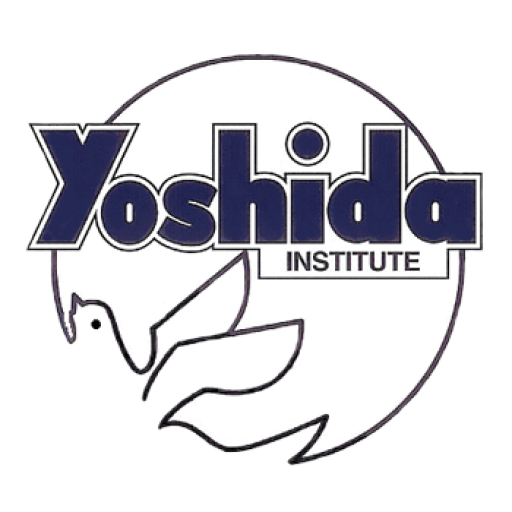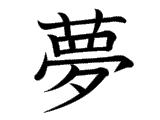Promotional Video-Spanish
Promotional Video-Spanish
Yoshida se encuentra en la zona estudiantil de Waseda y lleva 31 años dedicándose a la enseñanza del japonés.
En Yoshida estudian personas con todo tipo de objetivos: algunos quieren acceder a estudios superiores, otros al mundo de los negocios, y otros buscan conocer con más profundidad la cultura japonesa.
Tenemos estudiantes de más de 30 países diferentes. Puedes empezar los estudios en enero, abril, julio y octubre.
- Clases reducidas: gracias a los grupos de entre 10 y 18 personas, conseguimos resultados de lo más efectivos. Los profesores tienen experiencia y un trato excepcional con los alumnos.
- Las clases son de lunes a viernes, con cursos de mañana o tarde de tres meses de duración.
- Ofrecemos tres niveles iniciales, tres intermedios y dos superiores, además de otros cursos, como el de escritura.
- Preparamos una variedad de proyectos y actividades con tal de que nuestros estudiantes estén en contacto con la cultura y el estilo de vida de Japón.
Cada año organizamos excursiones, competiciones, viajes, concursos de oratoria y muchos más eventos. Hazte amigo de los estudiantes de todo el mundo que participan en estas actividades. ¡Ven y disfruta de tu vida en Japón! - La página web de la escuela, yosida.com, está disponible para aquellos interesados en el japonés o que están pensando en estudiar en Japón. En la página puedes practicar HIRAGANA, KATAKANA o el orden de trazos de los KANJI.
Para obtener información más detallada, visita la página web o contacta con nosotros por correo electrónico.

 Letters in the Japanese alphabet are referred to as kana, specifically
Letters in the Japanese alphabet are referred to as kana, specifically 
 The Japanese-Language Proficiency Test administered twice a year from 2009. The test is a standard national test used to measure Japanese language ability.
The Japanese-Language Proficiency Test administered twice a year from 2009. The test is a standard national test used to measure Japanese language ability. If you just relax and start with the basics, you’ll find that learning the language is not as difficult as it sounds. Learn how to read and write the kana on our
If you just relax and start with the basics, you’ll find that learning the language is not as difficult as it sounds. Learn how to read and write the kana on our 

